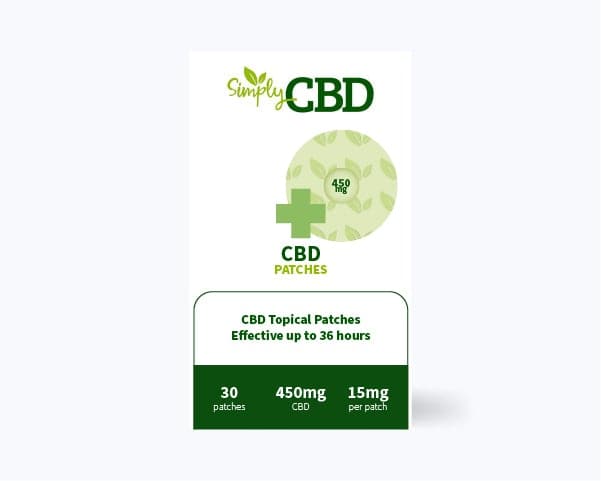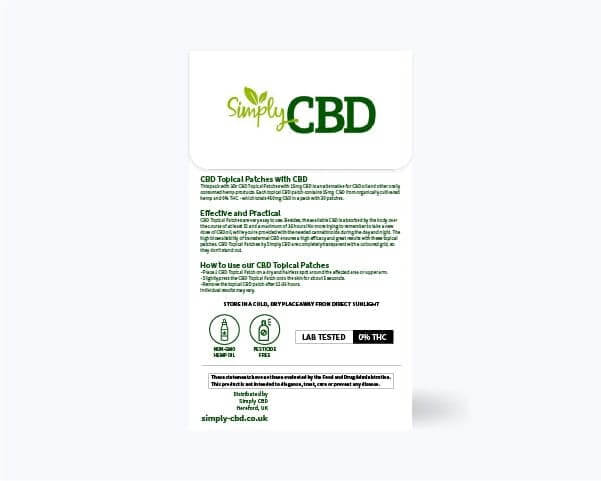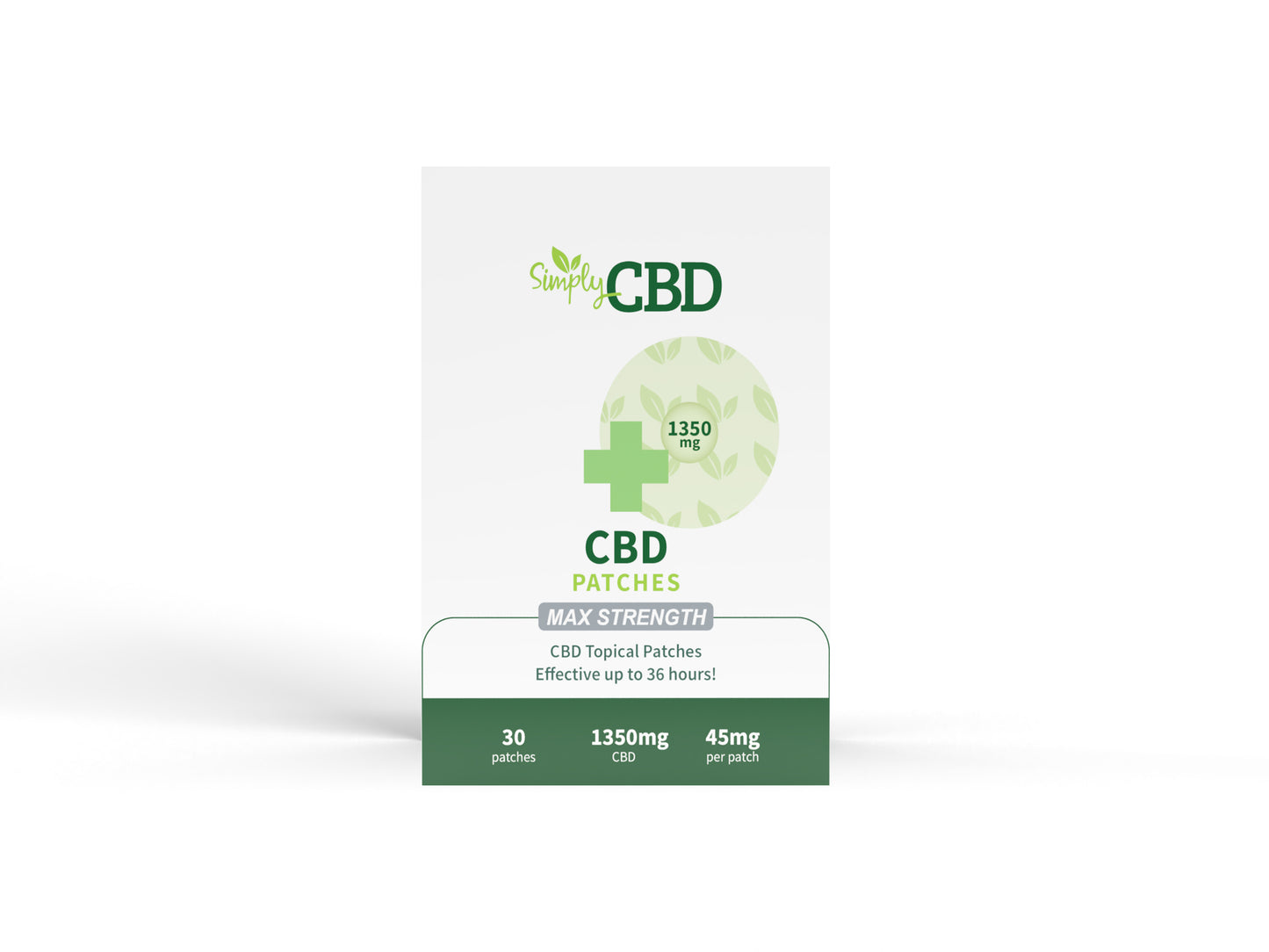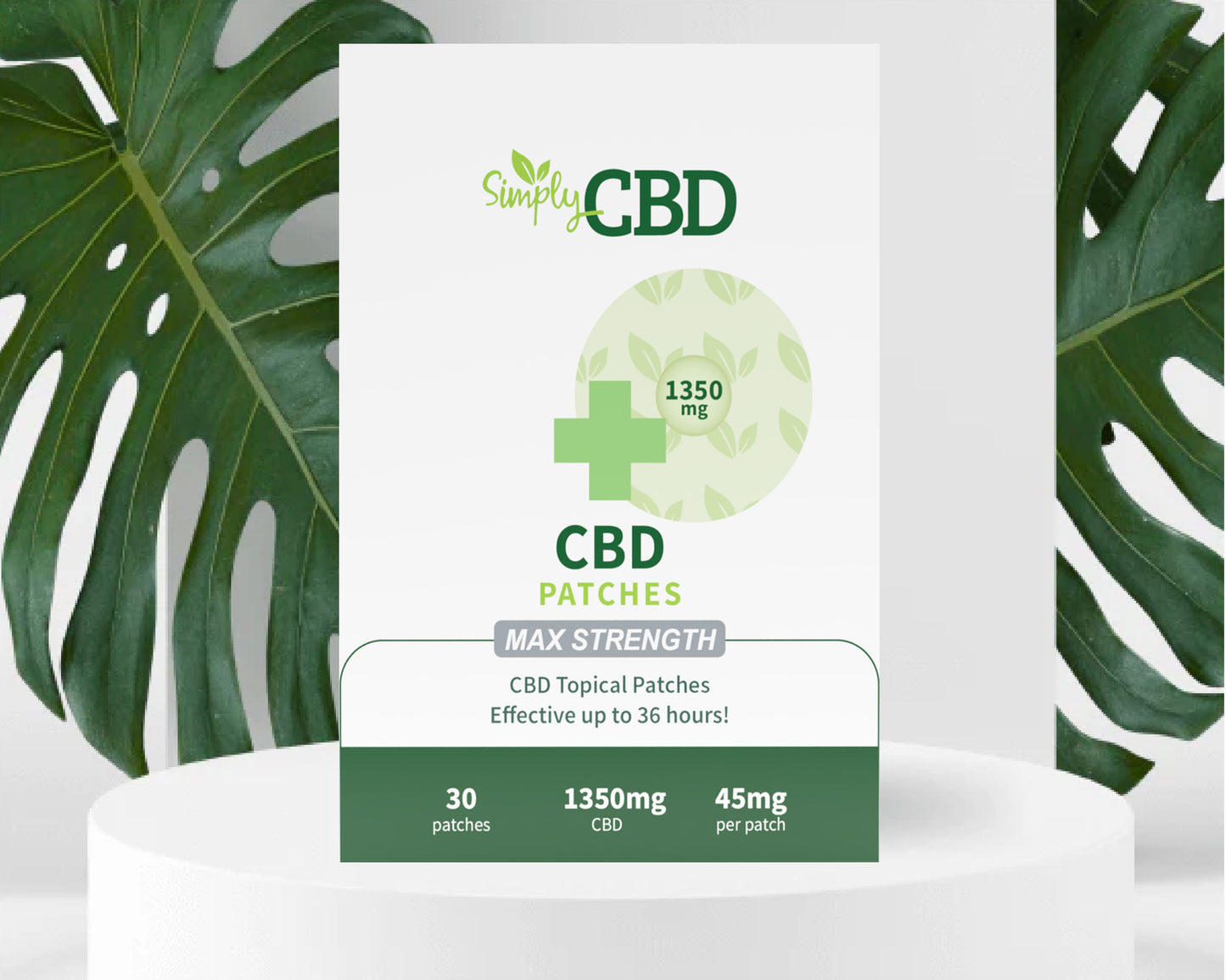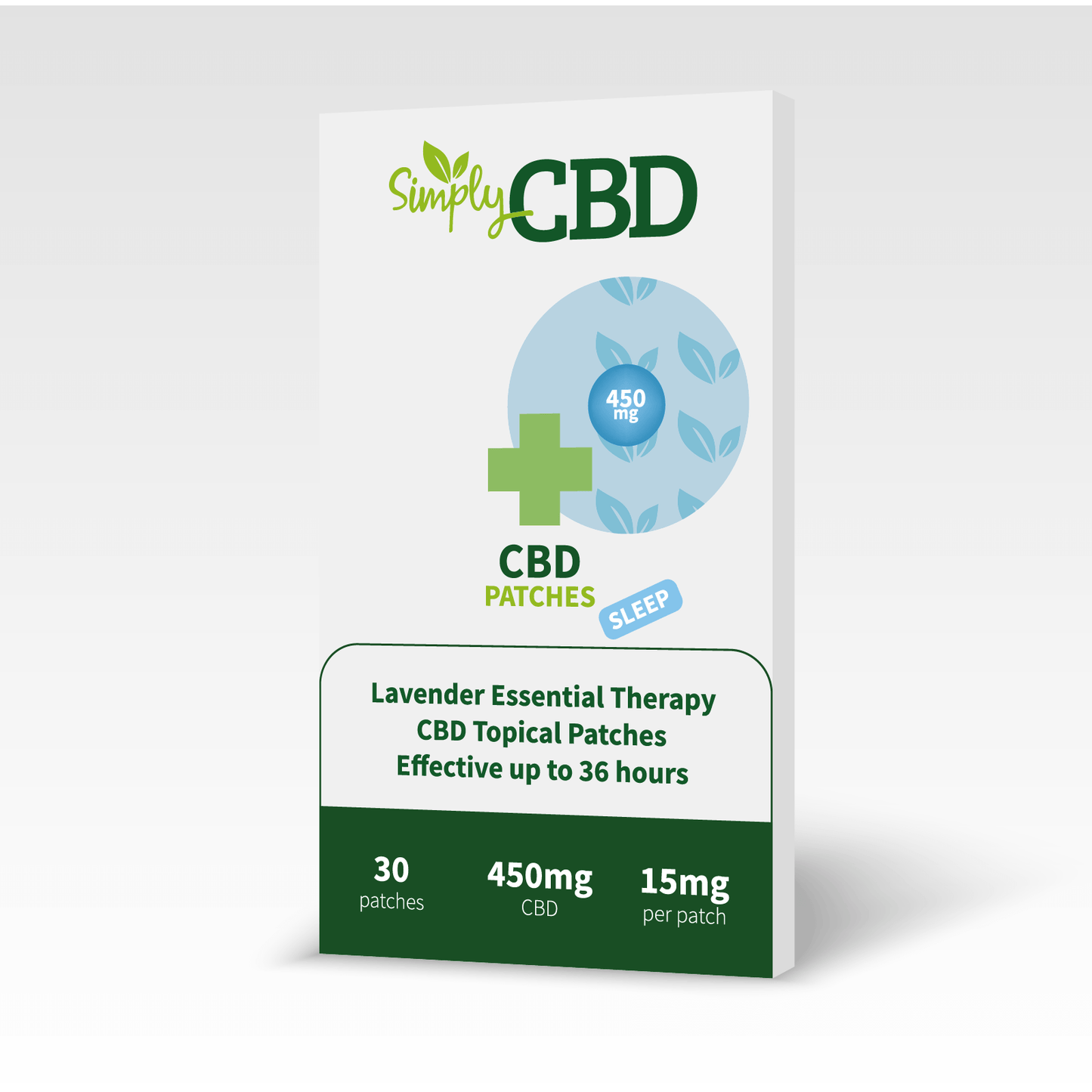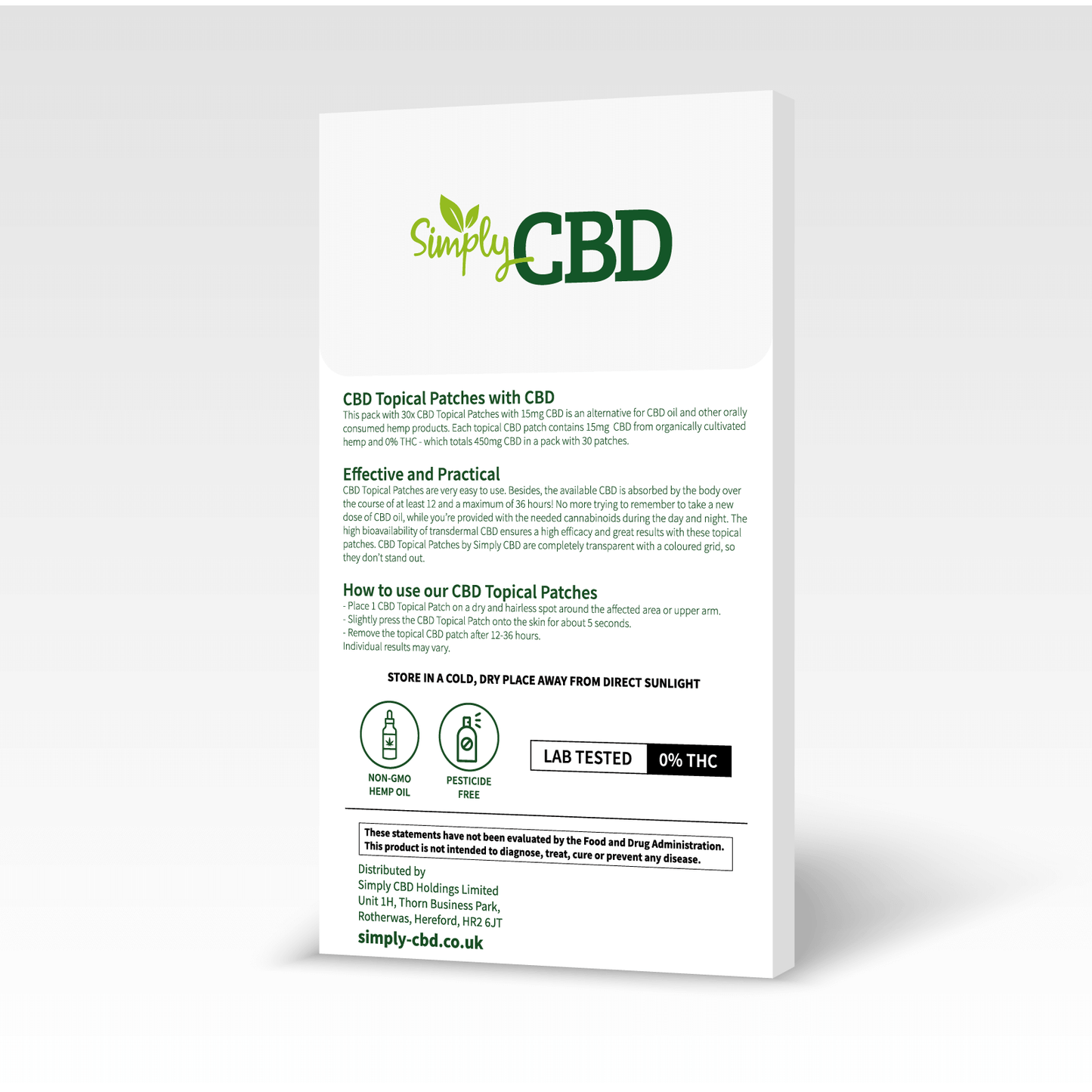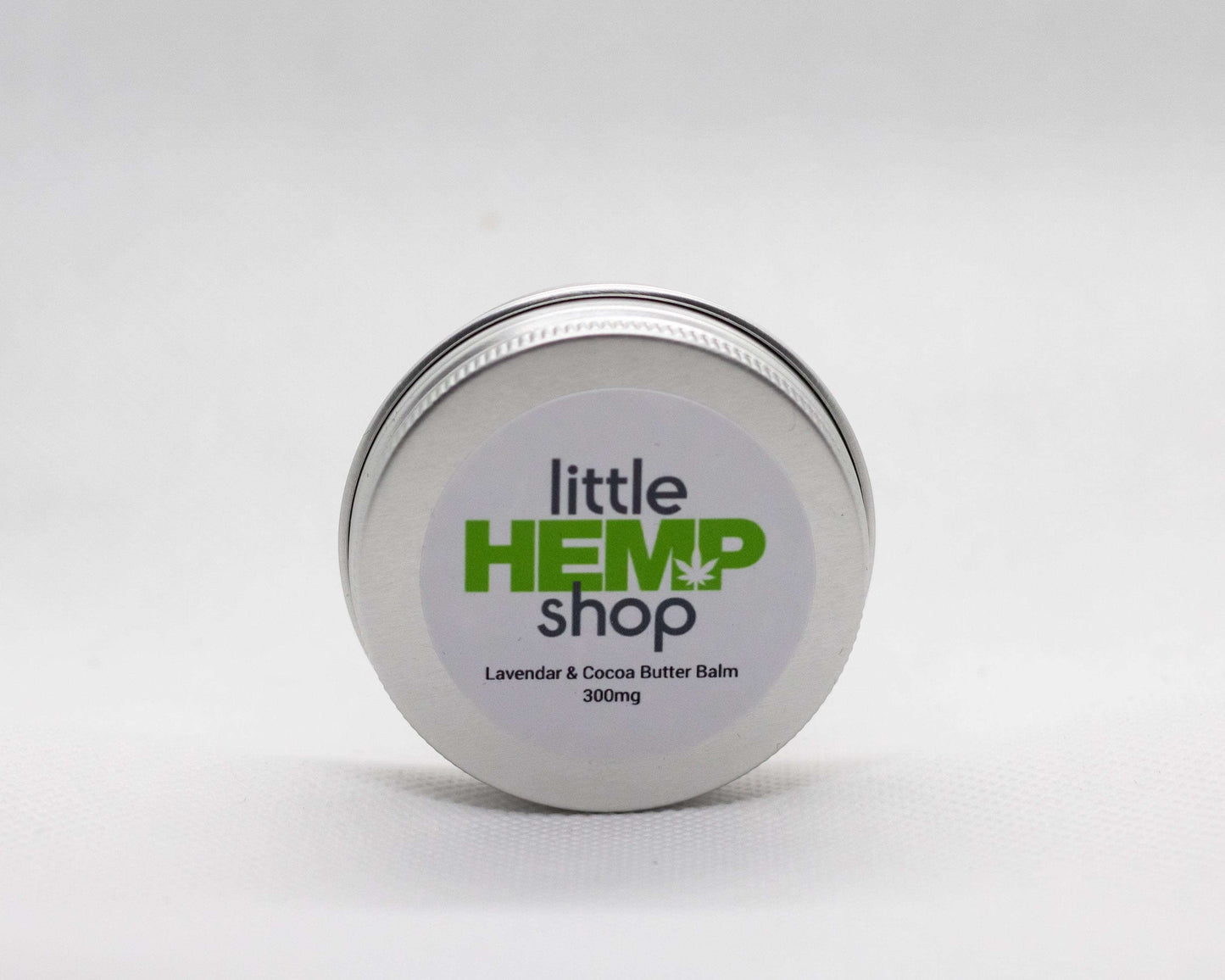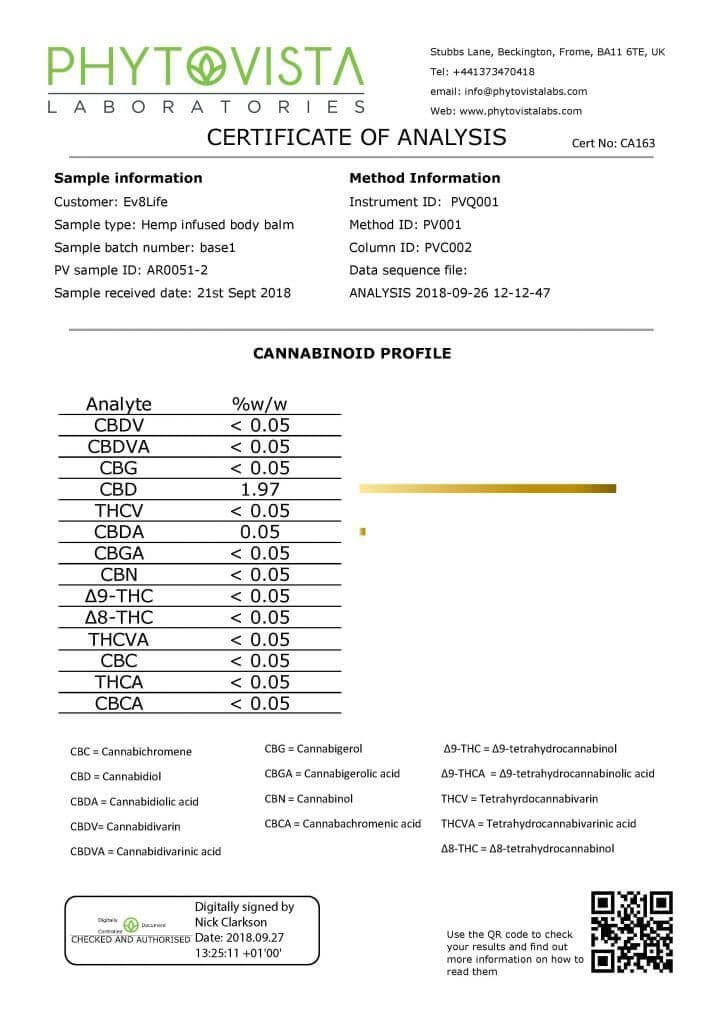This store requires javascript to be enabled for some features to work correctly.
Enjoy 15% off all CBD Patches, Balms, and Salves when you enter code TOPICAL15 at checkout!
⏱️ Make sure to take advantage of the savings before this limited time offer ends ⏱️
-
-
-
-
-
Max Strength
-
Sleep Support
-
CBD is the shortened version of cannabidiol. Cannabidiol is one of over 100 cannabinoids found in plants from the cannabis family, including hemp and marijuana. Hemp is much higher in CBD than marijuana. In fact, all natural CBD products in the UK take their extracts from industrial hemp plants and have no relation whatsoever to marijuana. However, as marijuana and hemp both fall under the cannabis plant family, there’s a common misconception that CBD is a drug. This is entirely false, as CBD has no intoxicating effects whatsoever.
CBD has become increasingly popular across the globe. Many celebrities and sports stars speak publicly about the benefits they’ve felt from using it. For example, these stars include A-listers like Jennifer Aniston, Morgan Freeman, Kim Kardashian, Megan Rapinoe and Rob Gronkowski. CBD products come in many different forms and each person has their own way of using the cannabinoid. These include oils, balms, patches, edibles, drinks, tablets, vape liquids, nasal sprays, and many other options. Some users prefer to use one type of product, while others enjoy using a mix of different product types to achieve their desired results. For example, some people may only use oils, while others may use a combination of edibles, patches, and vape liquids.
All cannabinoids, including CBD, interact with the body’s endocannabinoid system. The endocannabinoid system helps maintain homeostasis in the body by playing a role in the regulation of various essential functions, such as sleep, mood, digestion, fertility, and much more. This system was only discovered in the early 1990s due to scientific research into another cannabinoid, THC. THC is the compound that can cause a ‘high’ sensation. While THC can be found in some CBD products, the legal limit of 0.2% means it will never be enough to cause intoxication. Each cannabinoid interacts with the ECS in a different way.
CBD and all other cannabinoids from the cannabis plant family are able to interact with the body’s endocannabinoid system. This system helps regulate various essential bodily functions, such as mood, sleep, fertility, digestion, and much more. Regulating these functions helps the body maintain a state of homeostasis. Homeostasis means that everything in the body is within the correct range and is working properly. If anything throws off the body’s homeostasis, the endocannabinoid system initiates a coordinated response. Endocannabinoids, which are molecules produced by the body, bind to receptors in the central (CB1) and peripheral (CB2) nervous systems to initiate a certain action. Once they’ve served their purpose, enzymes break down the endocannabinoids.
This system was only discovered in the early 1990s due to scientific research into another cannabinoid, THC. THC is the compound that can cause a ‘high’ sensation. Each cannabinoid interacts with the ECS in a different way. For example, THC is known to bind to receptors, which is part of the reason it can cause intoxication. However, other cannabinoids, such as CBN and CBG also bind to receptors but do not cause a ‘high’ sensation. Instead, they have their own individual effects and ways of interacting with ECS receptors.
In contrast, CBD is thought to prevent enzymes from being able to break down endocannabinoids. This is believed to make the endocannabinoids more effective at responding to different issues in the body that disturb its state of homeostasis. Some researchers also theorise that CBD may bind to a type of receptor that has yet to be discovered. This is due to the fact that research into the endocannabinoid system is still in its infancy. There is still much more room for experiments, discoveries, and breakthroughs as this system is extremely complex and researchers have only known about it for around 30 years.
We recently ran a customer survey to learn more about our customers. One of the main reasons for running this survey was to gain an updated understanding of why our customers use CBD products. As CBD is fairly new in the wellness industry, it’s important to us that we understand exactly what our customers are looking for when they buy CBD products from us.
According to our respondents, the most common reason our customers use CBD products is for some form of pain-related issue. This is then followed by mental health issues, general wellbeing support, and condition-related issues, respectively.
Here’s a breakdown of the results:
- 4 in 5 use CBD for pain issues
- 1 in 3 use CBD for mental health issues
- 1 in 4 use CBD for general wellbeing support
- 1 in 6 use CBD for condition-related issues, such as M.S. or Menopause
The number of people using CBD for pain saw an increase of seven percentages point from our last customer survey. We also saw the number of people using CBD for proactive wellbeing rise from 1 in 5 to 1 in 4. There is some crossover between categories, meaning that some people use CBD products for more than one of the reasons listed, which is reflected in the results.
People use CBD for a variety of different reasons, some of which may not be directly reflected in these survey results. However, based on customer feedback via verified reviews and customer survey responses, these are the most common areas of concern among CBD users who shop with Simply CBD. For example, many athletes use CBD as part of their recovery routines, such as muscle balms and salves for targeted relief. While this is not directly reflected in the results, it could fall under the ‘pain’ or ‘general wellbeing support’ categories.
CBD stands for cannabidiol, which is one of the many cannabinoids found in the hemp plant. Cannabinoids are the main active ingredients in hemp, in addition to numerous types of flavonoids and terpenes. There are over 100 different cannabinoids in the hemp plant, all of which with their own abbreviations. For example, CBG stands for cannabigerol, while CBN stands for cannabinol. CBDa is another common abbreviation you may see in the world of CBD. This is also a cannabinoid called cannabidiolic acid, which serves as the precursor to CBD.
While these may not seem like very complicated terms in their longer form, some cannabinoids have very complex names. For example, THC is a very well known cannabinoid and is the compound that can cause a ‘high’ feeling. The full version of THC is delta-9-tetrahydrocannabinol.
The abbreviated versions of cannabinoids like CBD and THC help users understand what’s in the products they buy. Full spectrum products contain a wide range of cannabinoids, and the three letter abbreviations are much easier to understand and identify than the full cannabinoid names. It’s also worth noting that CBD is the abbreviation when it comes to natural CBD. However, when the compound is made in a lab and is not extracted from the hemp plant, it should be labelled as synthetic CBD.
CBD is often misconstrued as a drug because of its relationship with plants from the cannabis family. This leads people to believe that taking CBD will cause them to get high. However, CBD has none of these effects whatsoever. In reality, it’s a different cannabinoid called THC that causes the high sensation associated with cannabis.
The two most well known plants within the cannabis plant family are hemp and marijuana. Hemp is naturally high in CBD and low in THC. Marijuana is naturally high in THC and low in CBD. This is why hemp has been legalised for licensed use in the UK, while marijuana remains strictly illegal. All legal CBD products are extracted from licesned industrial hemp. This means that CBD has no relation to marijuana, the type of cannabis that is commonly used as a street drug to get ‘high’.
While full spectrum CBD products contain small amounts of THC, the legal limit is 0.2% in the UK. This tiny trace amount is nowhere near enough to cause any intoxication or ‘high’ sensation whatsoever. The reason its included is so all of the cannabinoids from the hemp plant can work together to produce more well rounded benefits. This phenomenon is known as the entorage effect, and it also involves other plant compounds such as terpenes and flavonoids.





